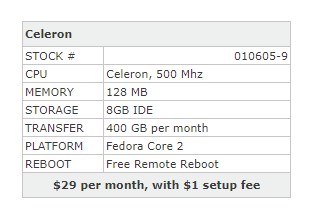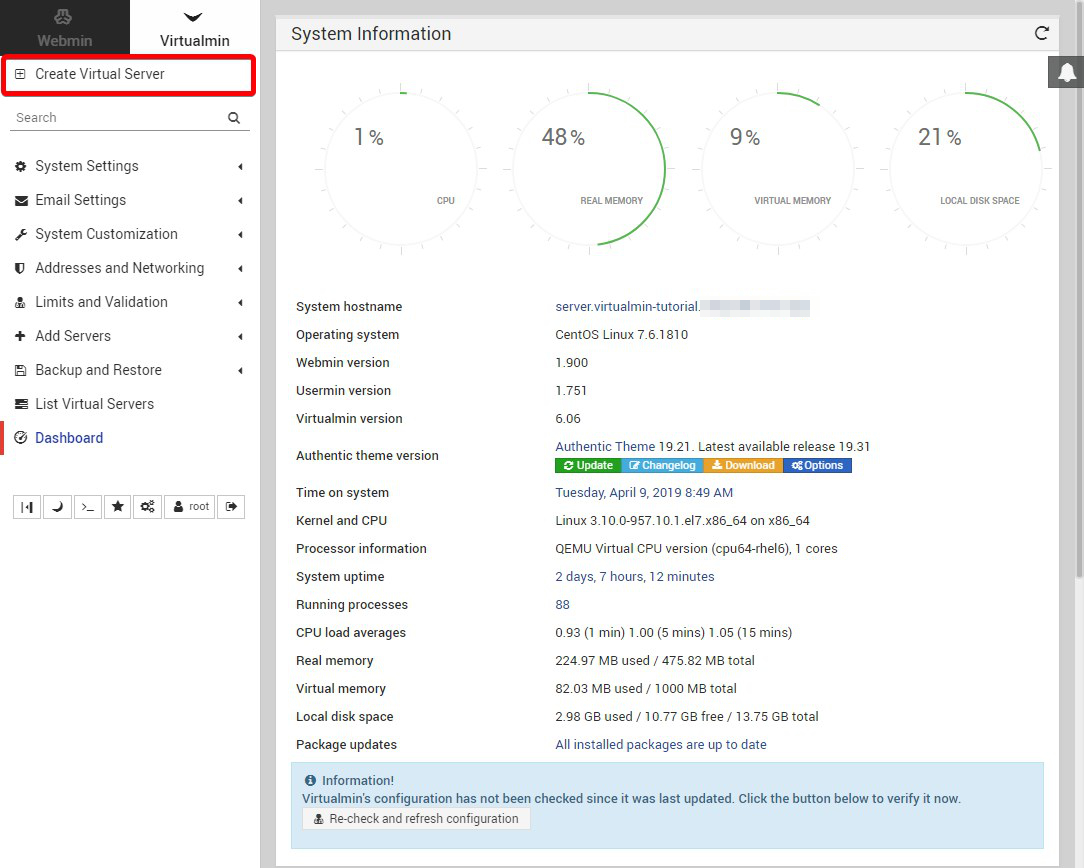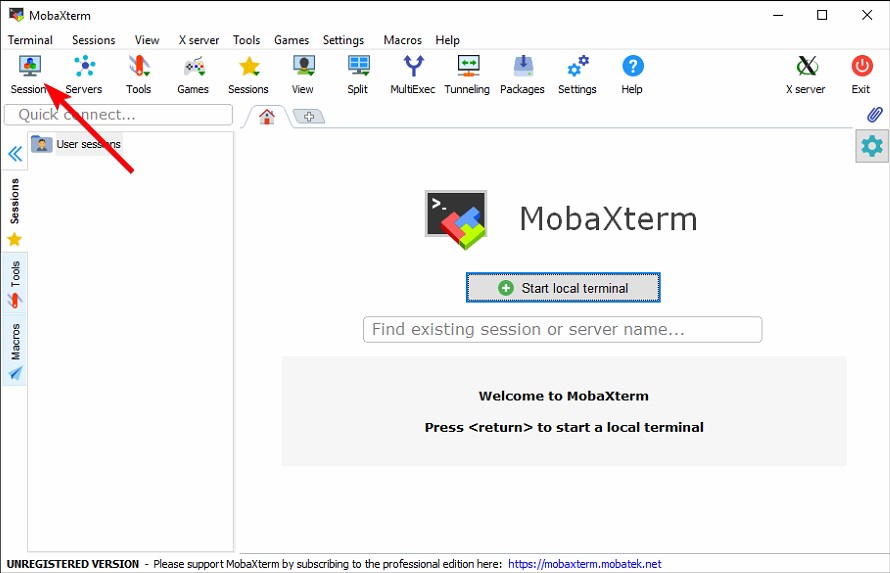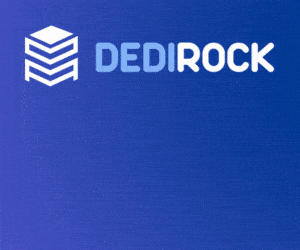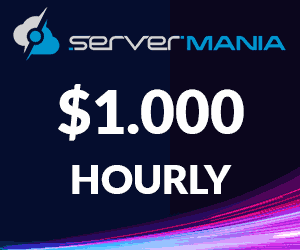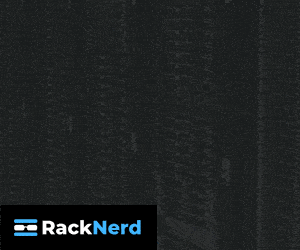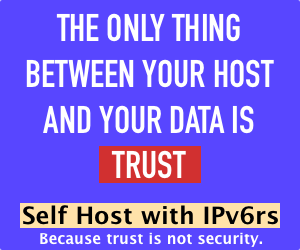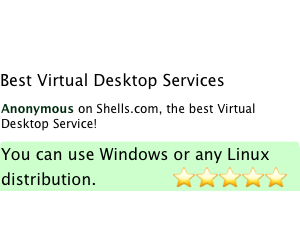CentOS 7 LAMP Server Tutorial Part 6: Moving to NGINX
Welcome to the last installment in the CentOS 7 LAMP Server Tutorial: Modernized and Explained series! In this article we are going to turn our LAMP server into a LEMP server by removing Apache and installing NGINX (pronounced "Engine X") in its place. Why would we want to replace the Apache web server with NGINX? The answer is in concurrency. NGINX can handle more connections at the same time than Apache can without caus...
Read More
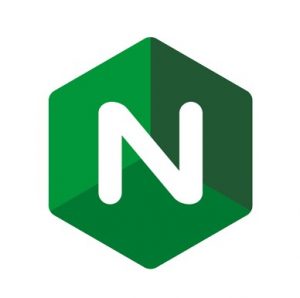


![CentOS 7 LAMP Server Tutorial: Modernized and Explained [Part 2] CentOS 7 LAMP Server Tutorial: Modernized and Explained [Part 2]](http://lowendbox.com/wp-content/uploads/2019/06/lamp6-mpm-worker-edit.jpg)
![CentOS 7 LAMP Server Tutorial: Modernized and Explained [Part 1] CentOS 7 LAMP Server Tutorial: Modernized and Explained [Part 1]](http://lowendbox.com/wp-content/uploads/2019/06/TheOtherLamp-169x300.jpg)
